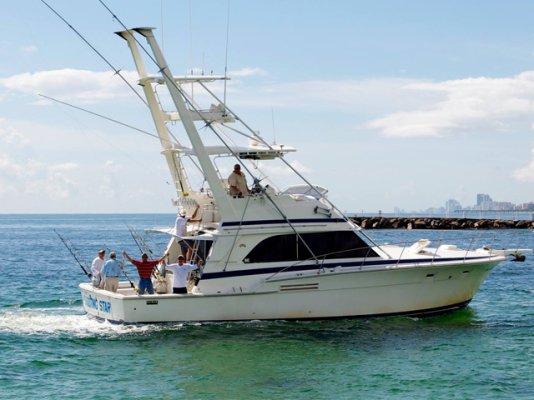I hope Twisted Tree chimes in. He is having his second Nordhavn built and decided to go with wet exhaust.
If you read this blog post from his first Nordhavn, you get a sense of what it takes to cool a dry exhaust.
In short TT went with wet exhaust because both systems need maintenance. Yes, heat exchangers clog up, but so do keel-coolers. Yes, heat exchanges need zincs replaced. But so do keel coolers. Yes, wet exhaust has a water pump, but many dry exhaust installations require an ungodly amount of blowers that are less reliable than engine-mounted gear-driven pumps. He decided he preferred to do maintenance on the inside of the boat instead of outside the boat. Hard to fault his decision.
TT converted me from my prior worship of All Things Beebe and his exaltation of dry-stack exhaust. It deserves a fresh look.
Peter
EDIT - there is a hybrid approach whereby the engine is keel-cooled vs a heat exchanger, but exhaust is raw-water cooled. Depending on your outlook, it's either the best of both worlds or the worst of both worlds. It's a relatively inexpensive conversion if so desired.


